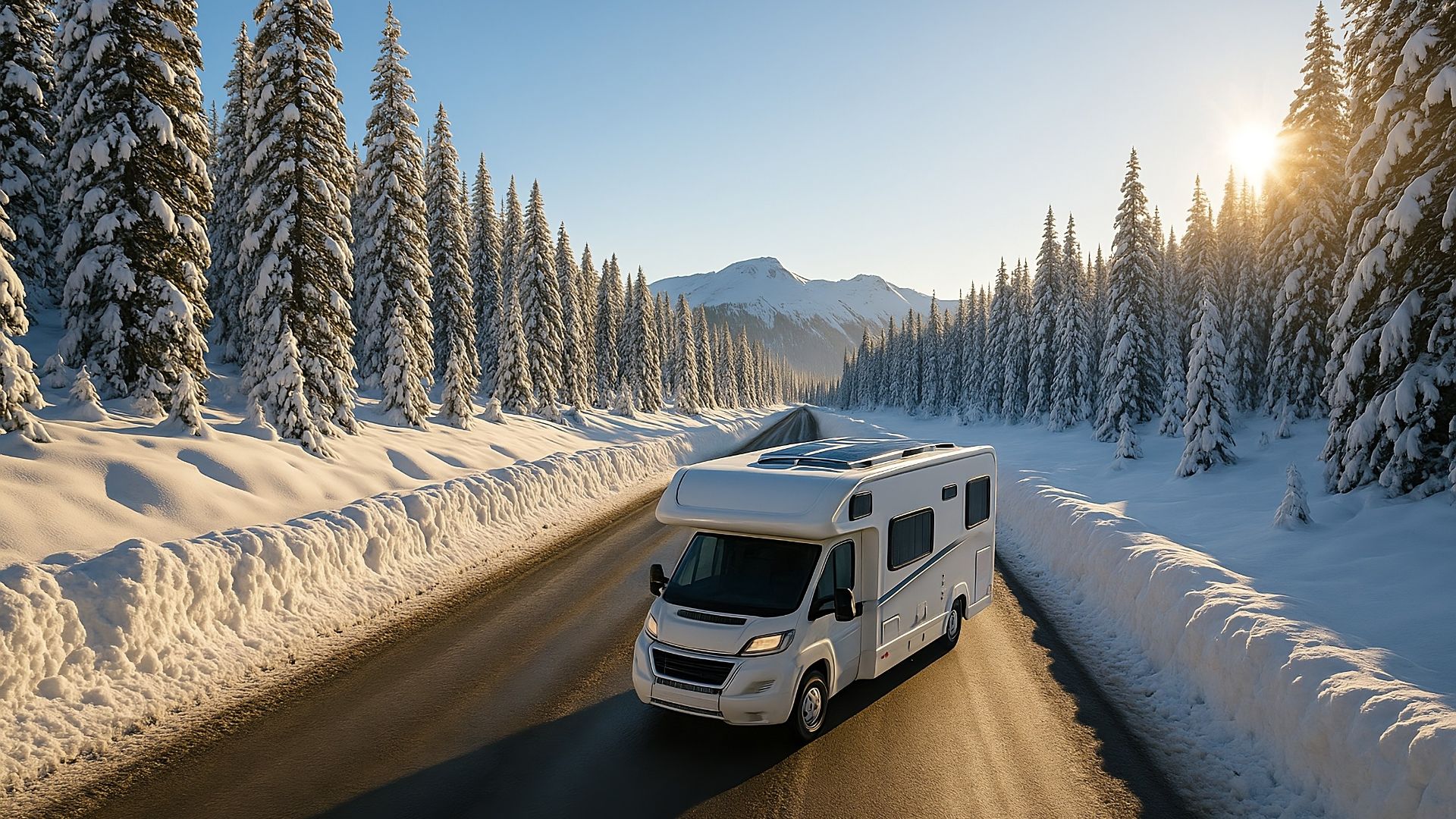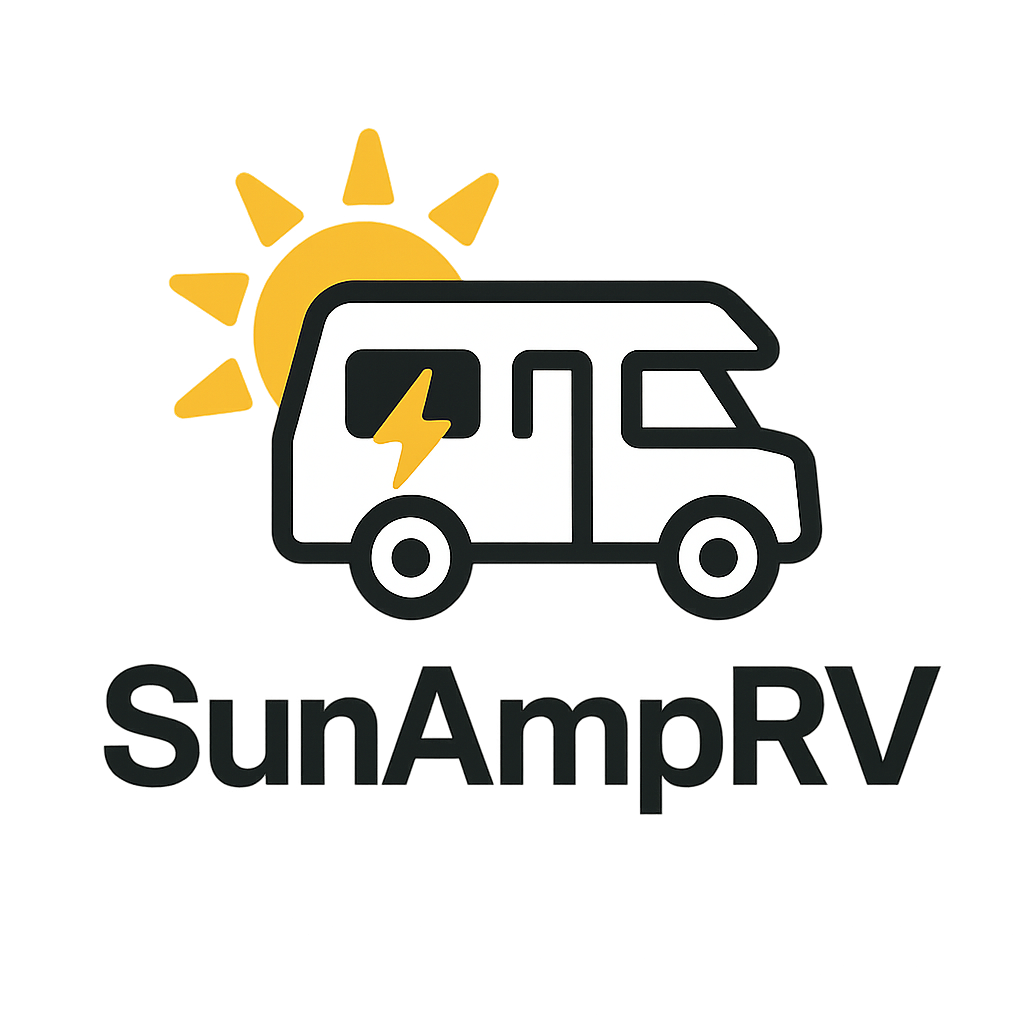
Harnessing solar power for your RV is a fantastic way to enjoy off-grid adventures while reducing your environmental impact. However, proper wiring and safe connections are paramount to ensure efficiency and safety. This article provides essential tips and step-by-step guidance for RV solar wiring, focusing on creating safe connections.
Understanding Your Solar Needs
Before diving into the wiring process, it’s crucial to understand your RV’s power requirements. Calculate your daily energy consumption to determine the size of the solar system you’ll need. Consider investing in a quality solar panel kit, such as the Renogy 200 W Solar Kit, to start your journey.
Choosing the Right Components
Selecting the appropriate components is vital for efficient and safe solar wiring. Opt for high-quality panels, charge controllers, and batteries. A reliable charge controller like the Victron SmartSolar MPPT 100 V 30 A ensures optimal power conversion and battery protection.

Preparing for Installation
Preparation is key to a successful installation. Ensure you have all necessary tools and materials, including cables, connectors, and safety gear. It’s also wise to consult your RV’s manual for any specific recommendations or requirements.
Wiring Your RV Solar System: Step-by-Step
Follow these steps to wire your RV solar system safely:
- Mount the Solar Panels: Securely mount your solar panels on the roof of your RV. Ensure they’re angled correctly for maximum sunlight exposure.
- Connect the Charge Controller: Connect the solar panels to the charge controller using appropriate cables. The BougeRV Yuma 200 W Flexible Panel can be an excellent addition to your setup.
- Wire the Battery Bank: Connect the charge controller to your battery bank. Consider using a reliable battery like the Battle Born 100 Ah 12 V LiFePO4 Battery for longevity and efficiency.
- Install an Inverter: If your RV appliances require AC power, install an inverter. Ensure it’s appropriately sized for your energy needs.
- Secure All Connections: Ensure all connections are secure and insulated to prevent short circuits and other electrical hazards.
- Test the System: Once everything is connected, test your system to ensure it’s functioning correctly. Monitor the charge controller display for any issues.
Ensuring Safe Connections
Safety should be your top priority when wiring your RV solar system. Avoid overloading circuits and always use cables with appropriate ratings. Regularly inspect your connections for wear and tear, replacing any damaged components immediately. A portable power station, such as the Jackery Explorer 500 Portable Power Station, can provide additional safety and peace of mind during your travels.

Troubleshooting Common Issues
Even with careful planning, issues can arise. If you encounter problems, such as low power output or battery charging issues, check all connections and components. A portable solar kit like the Zamp Solar 140 W Folding Kit might offer a temporary solution while troubleshooting.
Conclusion
Setting up an RV solar system requires careful planning and attention to detail. By following these wiring tips and ensuring safe connections, you can enjoy a reliable and eco-friendly power source on your adventures. With the right components and safety precautions, your RV solar system will be a valuable asset for years to come.
